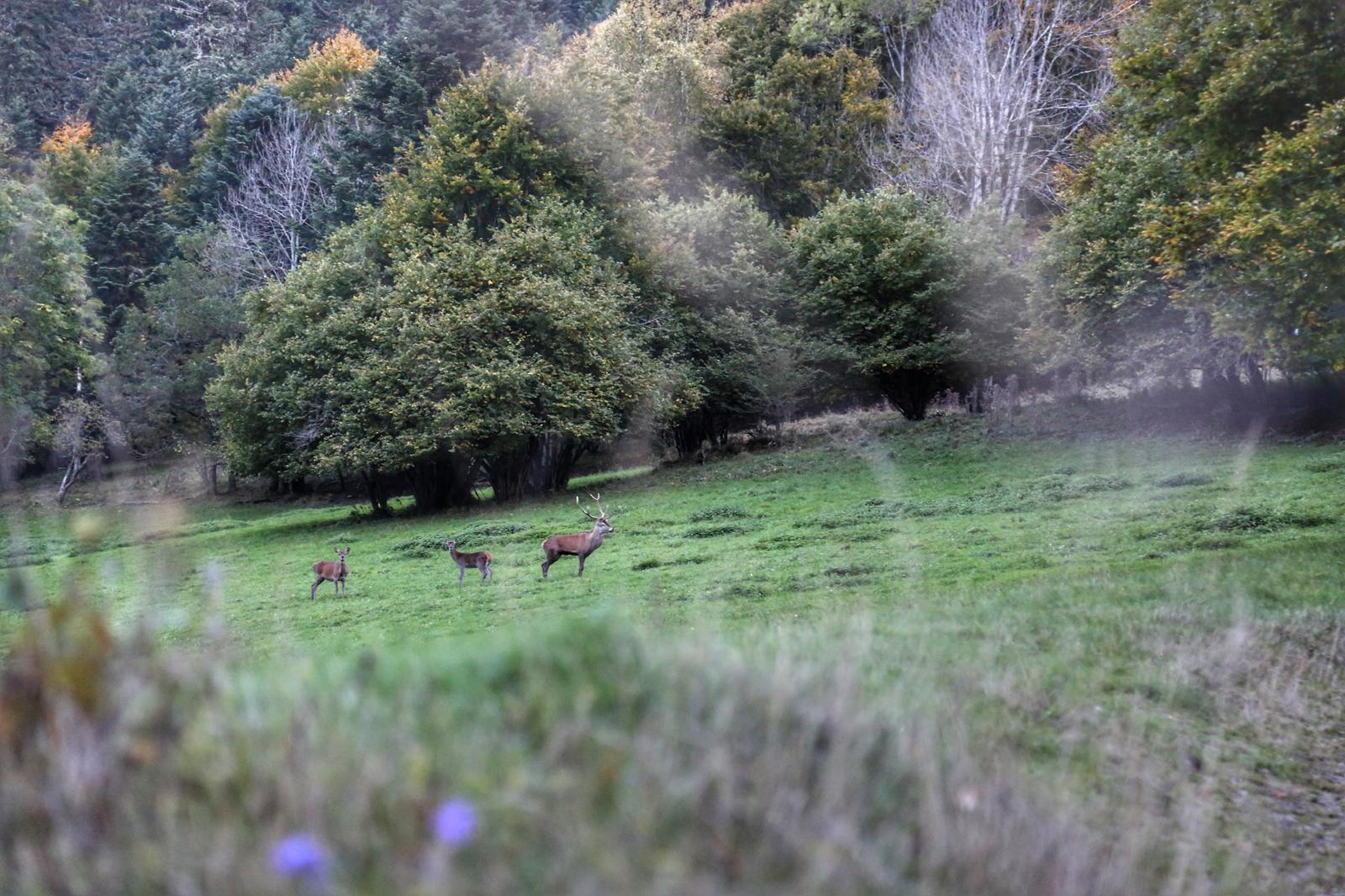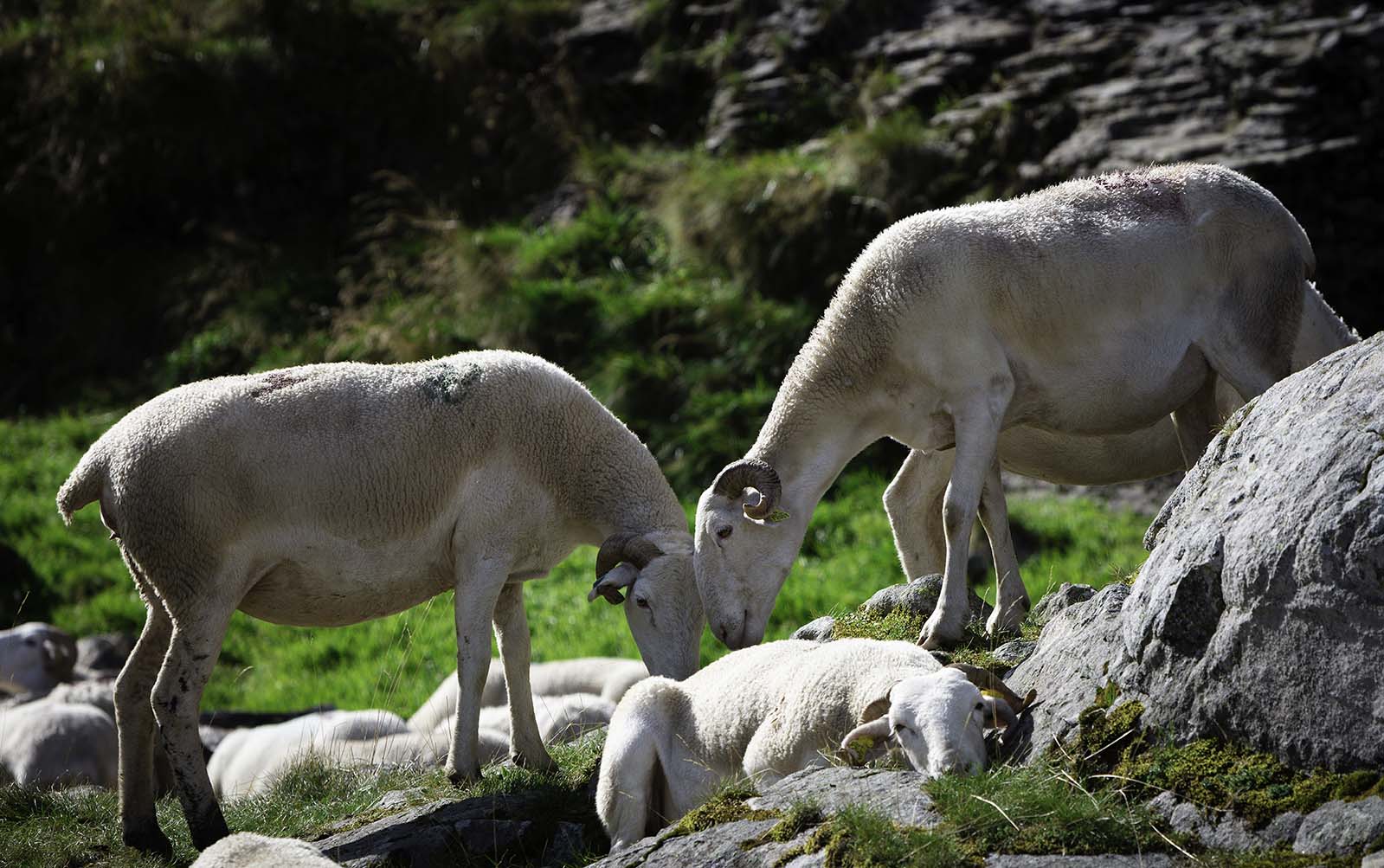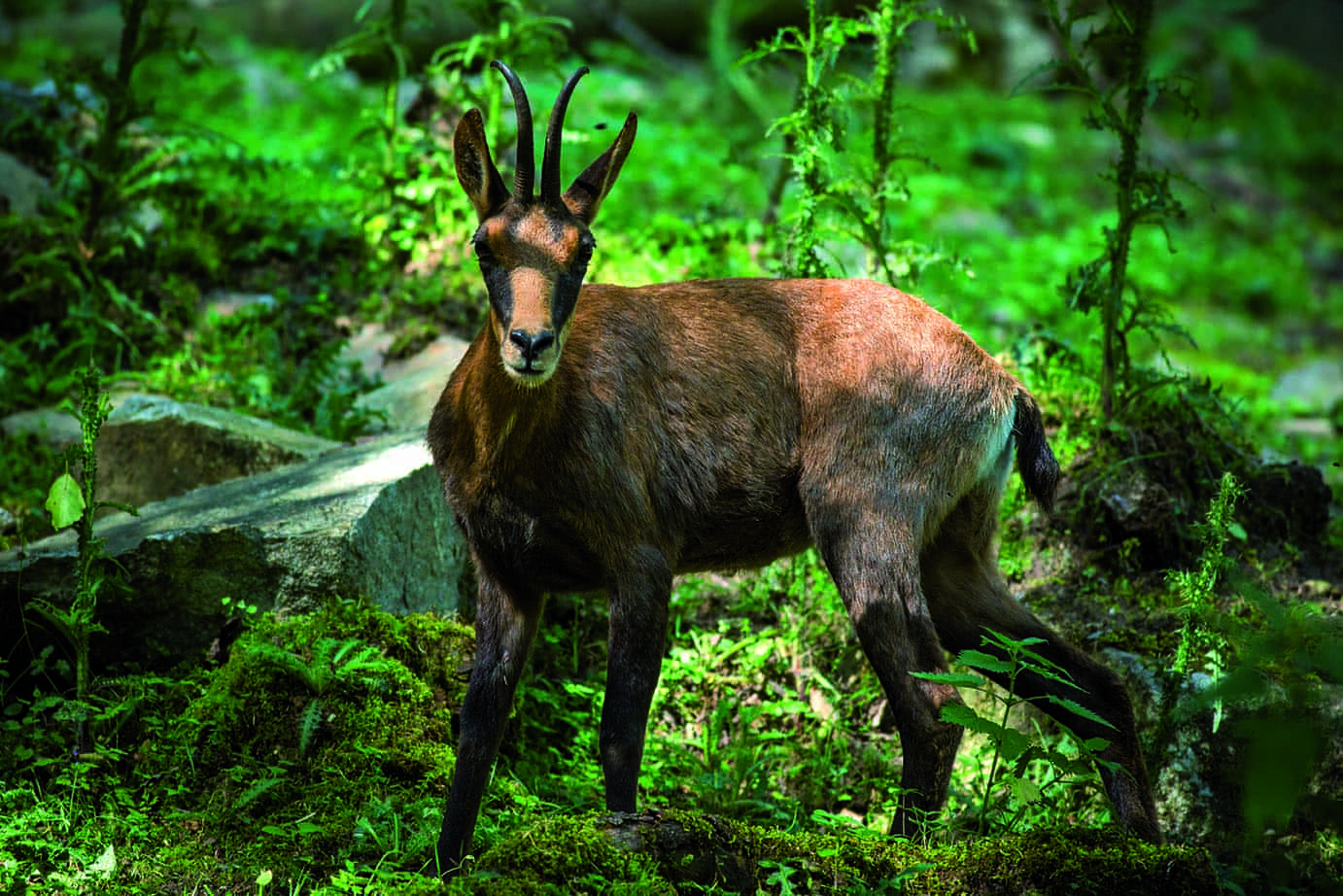A valley off the beaten track
Unlike the busier valleys of Luchon and Larboust, the Oueil valley is more discreet. Access is via a winding road through a landscape alternating between forests and meadows. This relative isolation has preserved a rural setting where pastoral activity remains dominant.
The valley is bordered by several peaks, including Mont Né, which rises to an altitude of 2,139 metres. This easily accessible summit offers a wide panoramic view of the Pyrenees and the surrounding valleys. The gentle slopes that characterise the valley contrast with the steeper slopes of other parts of the Pyrenees.



